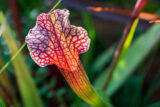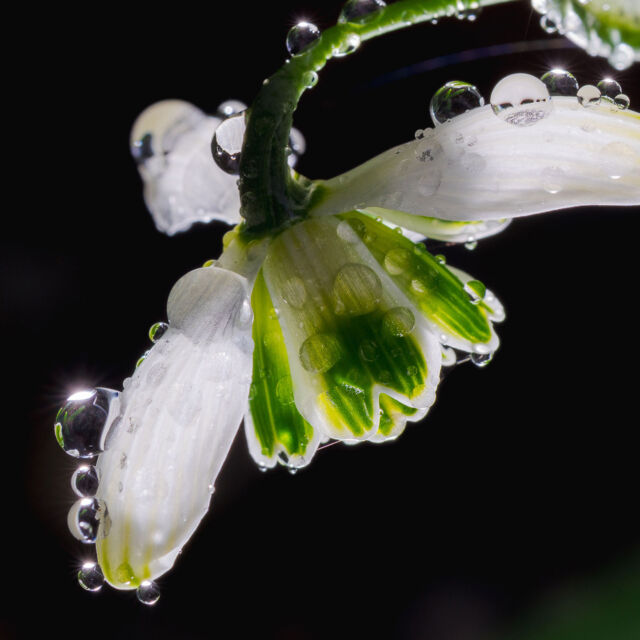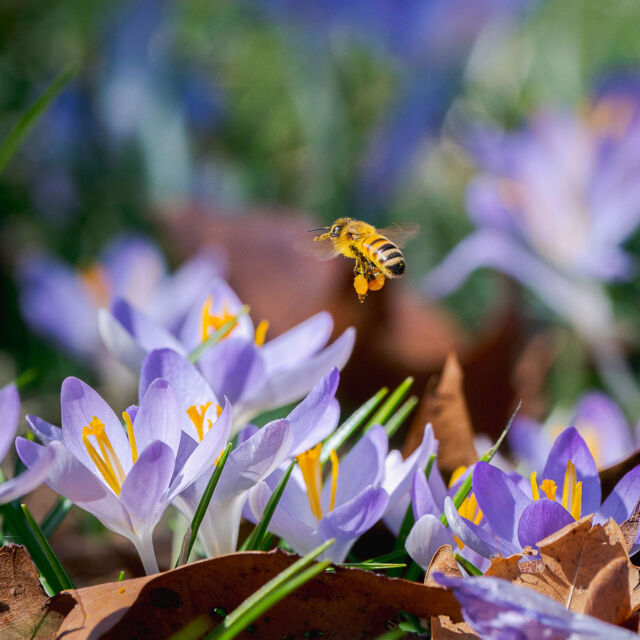The Orchid Show: Mexican Modernism
February 15 through April 27
Our annual celebration of all things orchid spotlights the vibrant setting of Mexico for The Orchid Show: Mexican Modernism. Set off on a journey where the fusion of tradition and contemporary artistry takes center stage, and wander among bright arrangements of orchids in settings inspired by the bold, multicolored designs of Mexican modernist architect Luis Barragán. Come visit a paradise of tropical beauty—without ever leaving the Bronx.




















































